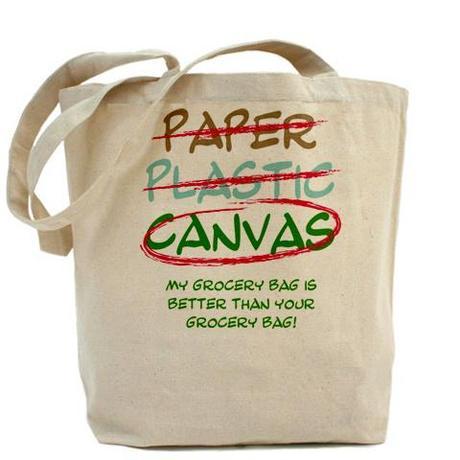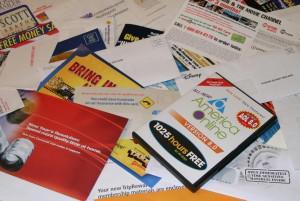The growing global emphasis on environmental responsibility can feel daunting to most people; “How,” they ask, “can I make a difference? I’m just one person.” That’s an understandable question, but there’s good news with the answer: Every little bit helps, and everything you can do to live a more environmentally responsible and green-friendly life has a positive benefit for the planet and for the people around you. Here are seven easy ways to start making a difference.
1. Use your own grocery bags. A key component in all green-living plans is a commitment to reusing material as much as possible. A great way to start this is by taking your own reusable grocery bags with you

2. Reuse your clothes. Just because something’s no longer functional doesn’t mean it’s trash. Turn ripped-up jeans into work pants or cutoff shorts that are ideal for housework. If you’ve got an old T-shirt that’s seen better days, don’t throw it away; keep it as a work shirt or cleaning rag. You can always get more use out of your stuff than you’d think, and hanging onto it means less junk in landfills and less wasted production.
3. Buy local produce. The stuff in your supermarket has been flown and trucked in from across the country, which mean it’s gotten to you on vehicles that needlessly polluted the air and the Earth. You can reduce the effect you’re indirectly having on air pollution by buying your produce at a local farmer’s market, which is brought in from nearby farms and features less packaging, fewer (if any) preservatives, and uses less fuel to get from the ground to your hands.
4. Choose long-lasting light bulbs. Simple but completely effective. Instead of regular light bulbs, spend a couple extra dollars to get the environmentally friendly long-lasting kind that use less power and have a longer lifespan. The benefits are many: you’ll lower your electricity bill, help the planet, and reduce the number of new bulbs that need to be produced and distributed. If everyone started doing this, it’d be a revolution.

5. Get rid of junk mail. The endless stream of junk mail is one of the biggest drains on the U.S. Postal Service and the environment, and it’s also something that no one wants. It’s a staggering waste of paper and money, and you can do your part to end it by opting out of the service entirely. In addition to being rid of the pointless junk and worthless coupons that clutter up your mailbox, you can take comfort in knowing you’ve done your part to reduce the destruction of trees.
6. Go paperless when possible. As often as possible, it’s a good idea to opt for digital services instead of those that rely on paper production. If you can get paid via direct deposit instead of a paper check, do it. If you can receive electronic bills via email for things like cable and utilities, do it. Email is infinitely easier to deal with, organize, and eliminate than wasteful paper bills and checks; the demands of more server space are a lot more tolerable than the need to cut down more and more trees just to send out gas bills. Similarly, if you’ve got a smartphone, use that for directions instead of printing out maps.
7. Buy recycled products. This is a big step that a lot of people overlook. It’s not just enough to recycle your products or take your own bags to the grocery store. By purchasing recycled products (things like paper towels and napkins are an easy choice), you can actually complete the recycling chain of life that begins and ends with you, the consumer. When you buy something made from recycled material, recycle it, and repeat, you seriously cut down on the amount of wasteful production that can otherwise get out of hand. It might not seem like much, but it’s a small step that has major impact.
By-line: Mariana Ashley is a freelance writer who particularly enjoys writing about online colleges. She loves receiving reader feedback, which can be directed to mariana.ashley031 @gmail.com.
[image sources: greeningsanfrancisco.wikispaces.com]

